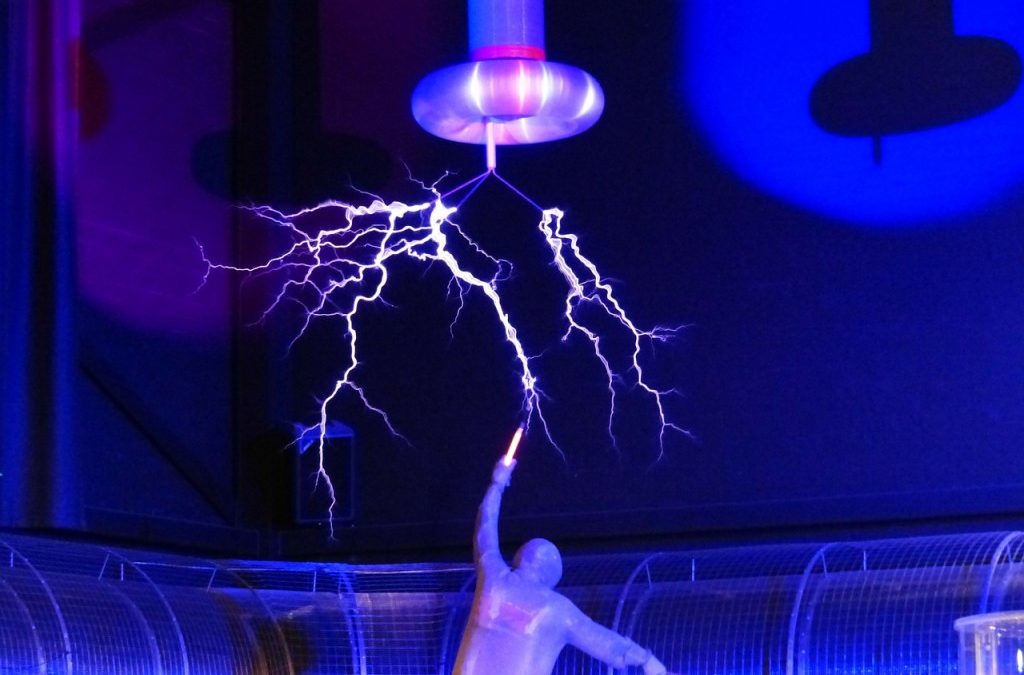
This summer, Robert Krein’s floundering home air conditioning unit was clunking and gurgling towards another expensive repair. It was becoming an annual occurrence for Krein, who openly regrets the purchase of a cheap system four years ago. So, this summer the Surprise retiree, and his wife, opted for something very different.
The Kreins purchased an Amana AVXC20 high efficiency air conditioner from Morehart Air Conditioning & Heating. At first thought, the make and model may mean little to a consumer who hears plenty of marketing noise out there about energy efficiency. But in his conversation with the Morehart team, one word caught Krein’s attention, and it was ultimately the dealmaker. That word was: inverter.
“I’m not a technical genius by any means, but I knew what that meant,” Krein recalled. “I knew it would be more reliable and run quieter.”
The DC power advantage
With the AVXC20’s inverter system, AC (alternating current) power is converted to DC (direct current) power – a more efficient and stable current.
From there, the unit relies on circuit boards to efficiently control the amount of electricity the system uses. The variable-speed compressor consumes the absolute minimum amount of energy needed to maintain a consistent temperature in the home, running more frequently, but using less wattage overall.
“Think of a dimmer switch on a light bulb, using the bare minimum amount of electricity,” adds Josh Morehart, founder of Morehart Air Conditioning & Heating.
A standard system, the A/C pro explained, operates a lot like a roller coaster, with peaks and valleys, using all the energy it can at once to achieve its goal of reaching a certain temperature programmed into a thermostat.
“This really is like the difference between a gas guzzling V8 and a Tesla (electric car),” Morehart noted.
DC and air conditioners
In the late 1800s, DC power was the go-to source in the U.S. DC electricity, which moves in one direction, however, loses power when traveling long distances. The more volatile AC current, which could move in many different directions, was better for long distance power transmission. So, America grew up with AC power distributed to its homes and businesses.
However, through the years, experts and consumers realized the more efficient DC current was better suited for home electronics and small appliances, particularly those with imbedded microchips and semiconductors. Cords that changed AC power coming into homes from the electrical grid to DC power for machines and appliances quietly became the norm. Think of your computer charger today; that’s an inverter that converts AC power to DC power for your machine.
Using inverters in air conditioning systems still hasn’t caught on in America the way it has in Europe and Asia, said Morehart. But Amana has been perfecting the practice in Europe for years, and it’s now making its energy efficiency case with A/C compressor inverter technology in the US.
“This, more or less, is going to be the standard. Solid State compressors will be phased out. This is what will help us meet stricter guidelines from the Department of Energy.” – Josh Morehart
20 SEER on a bad day
Krein is expected to save about 40 percent over an expected 15-year life for the unit, Morehart says. He paid a bit more up front, but between using DC power and other efficiencies built into the system, Amana third-party verifies that savings will pile up the moment Krein first sets his thermostat.
“This, more or less, is going to be the standard. Solid State compressors will be phased out. This is what will help us meet stricter guidelines from the Department of Energy,” Morehart added.
The Amana system comes with a 20 SEER (Seasonal Energy Efficiency Ratio) rating, well above today’s national minimum of 14. However, it’s important to note that the AVXC20 operates at 20 SEER when the air temperature hits 115 degrees. “The rest of the time it’s running at an even higher efficiency,” Morehart noted.
The product is getting favorable reviews, even though it comes with sticker shock during the sales process. Morehart draws a parallel to buying solar panels today.
“They see the price and they’re concerned, but if the math is explained properly then the customer understands what this can do for them,” he added.
For Krein, paying more now means spending less later, but also hearing a lot less today, too.
“The system is very, very quiet. The only thing you ever hear is the wind noise from the cooling fan. You never hear the fan motor itself,” he added.
To learn more about the Amana AVXC20 system or other energy efficiency solutions for your home, visit Morehart Air Conditioning & Heating at morehartac.com or call 602-640-0444.
Copyright © 2023 Morehart Air Conditioning & Heating | AC Repair Near Me